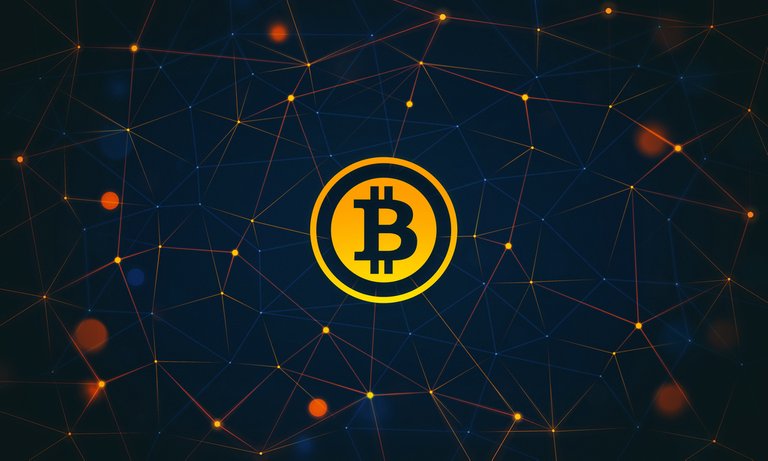
The dispute over how Bitcoin can create more transactions has been going on for a long time. Now, a majority of the miners have decided to use the Segwit2x protocol for the first step.
The first step towards the integration of a comprehensive protocol change in the bitcoin network is done: The Bitcoin Improvement Proposal (BIP) 91 is focused.
The fact that BIP 91 has been implemented at all can already be booked as a success, as 90 percent of the miners accepted this important step. Behind it is a comprehensive upgrade called Segwit2x, which is to solve the dispute over the size of the data blocks of Bitcoin-Blockchain, which has divided the community for some time. To date, the block size has been limited to 1 MB, which leads to an increase in capacity bottlenecks in the processing of transactions - and also boosts the transaction fees that users are encouraging for faster processing to miners.
Scaling proposals without a majority
Segwit2x should include both the change segregated witness (Segwit) and an increase in the block size to 2 MByte. Both Segwit and pure block size increases have so far been the subject of separate proposals for protocol changes.
Segwit was originally introduced as a solution to a security problem, the so-called transaction malleability. It does not change the block size parameter itself, but the way the signatures are stored by transactions - which is supposed to release additional capacities. This is the scaling solution that the developers of the important reference client Core favored. The professionally organized miners, especially from China, however, refused this proposal. He would have laid the basis for payment channels outside the bitcoin blockchain (Lightning Networks). Their establishment could mean for the miners ultimately losses of transaction fees.
BIP 91 is now, as I said, only a first step for this change. As soon as it becomes active on July 23, the BIP-91-compatible nodes will reject stuck blocks that do not set the signal bit for SegWit. If everything goes well and the clear majority of miners signal the support long enough (2016 blocks long), BIP 141 alias Segwit could be armed in mid-August. After another two weeks it would become active.
If this Segwit introduction is successful, it would be a softfork, thus also compatible with older user clients. Approximately three months later, the increase in block size will follow in the form of a hard fork. This change would then no longer be downwards compatible and could at worst lead to a splitting of the blockchain.
Whether this awkward-looking approach actually works, still stands in the stars. Doubt and criticism are already being voiced. And Bitcoin would not be Bitcoin, if there were not even opposing proposals on the table. For example, BIP 91 would make another proposal obsolete, which might have split the bitcoin at the beginning of August: BIP 148. The so-called User-Activated Soft Fork (UASF) should also implement the Segwit changes, but wait without a majority vote of the miners ,
Also, a group of Chinese miners announced a fork called Bitcoin Cash, with larger blocks and without Segwit. Whether there will still be one or several split off bitcoins with incompatible protocols, you have to wait.